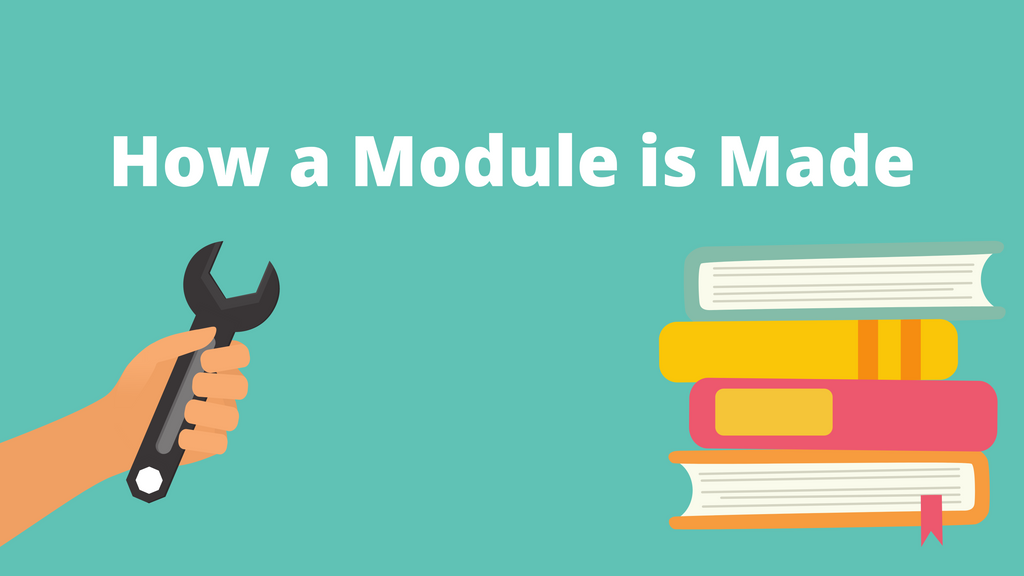By Grace Lu
Ever wonder how one of the modules that our Drill Instructors teach is made? Recently, I talked to our three Curriculum & Method Development interns—Cas, Emily, and Juanita—to learn more about the process!
Where do you get inspiration for your modules?
We get inspiration from a variety of places! For some of our modules, we turn to current events, using social media platforms such as Twitter to see what people are interested in the most. Furthermore, we talk to teachers and look through our existing catalogue to identify any topics that we haven't covered yet. We also try to think from the doctor's perspective, brainstorming vocabulary that they would want to be equipped with to better engage with their patients.
How do you decide what words or phrases to cover in a module?
Sometimes we already have phrases in mind when we sit down to make our module so then we build up from there. Other times, we think about common phrases that someone who is learning Spanish would want to know for a specific conversation (travel, romance, etc). We usually think about particular vocabulary either in tandem or after we have the dialogue more fleshed out.
How do you adapt a module to be accessible to learners from all different backgrounds?
First, we make the L3 module, the one for students who already know a lot of vocabulary and grammar. From there, we make two copies (one for the L2 module, one for the L1) and then we tweak those copies to fit the levels that L2 and L1 learners are at. We always try to think about the level of difficulty that will challenge a learner, but not be so hard that they feel frustrated or overwhelmed. Sometimes, we make sentences shorter for L1 learners or we add more supports so it is easier for them to remember specific phrases.
How has your college coursework helped you with creating a module?
Great question! All three of us Curriculum & Method Development interns have had experience with drill at Dartmouth, either as drill instructor, drill student, or both! Having firsthand experience with drill prior to working at Beepboop has helped us understand how much new information is too much for someone to memorize at one time. Furthermore, Dartmouth's language courses have helped us understand how to keep a module fun and lighthearted so it engages everyone.
What's your favorite part of creating a module?
Cas: My favorite part of creating a module is definitely writing phrases that I think will be useful, funny, or interesting to a learner!
Emily: I love being able to sit on lessons where a newly-created module is being tested out with real students. I love seeing customers' reactions, like laughing at a slide you added. It feels very rewarding.
Juanita: Similar to Emily, I love seeing all the hard work that my teammates and I have put in paying off. It's good to feel like you're making a real difference in the world by helping others learn a new language!
Interested in trying a Beepboop drill? Book your Free COVID-19 Response Spanish Drill here!
